India’s child victims of COVID-19
The pandemic has worsened the plight of some of India’s most vulnerable children.
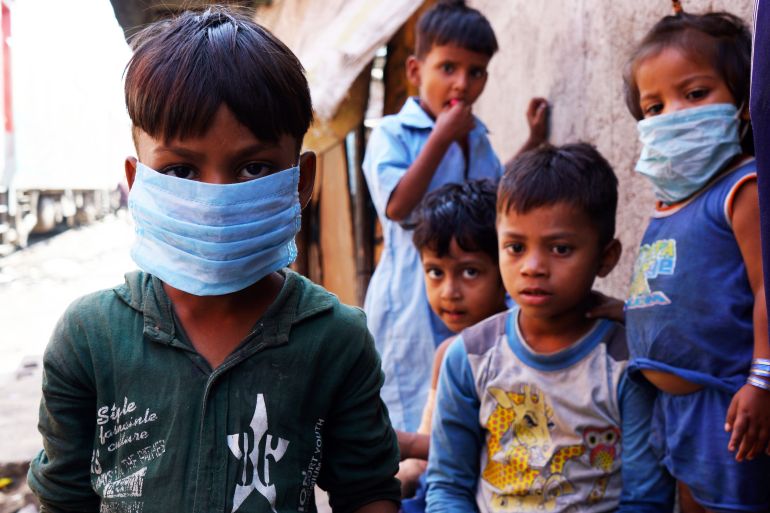
Last year, Shyam*, 17, became one of the thousands of children in danger of living on the streets of India.
Shyam’s father had abandoned his family in Gudhiyari – a village in Raipur in Chhattisgarh state – eight years earlier. Shyam’s older brother, Gopi, who was 16 at the time, had turned to alcohol to cope, subsequently becoming violent towards their mother, 47-year-old Kishori*.
Keep reading
list of 4 itemsIndia COVID cases above 24 million as mutant spreads across globe
India COVID crisis: ‘A graveyard of the young’
India COVID crisis: ‘My dad still doesn’t know my mum has died’
To protect her and help support the family, Shyam dropped out of school when he was 10 and worked odd jobs as a dishwasher. But, unable to bear the stress and violence at home, he ran away in February 2020, in the hope of reaching Mumbai.
“I did go to school regularly,” Shyam explains. “But then my father left us and we did not know for a long time where he was.
“We found out through relatives that he had remarried. My mother worked several odd jobs to put food on the table. My brother turned to alcohol and would fight with her and beat her up. I felt I had no choice but to quit school to protect my mother from my brother and help her out. But then one day I fought with my brother and left home in anger. I thought I would go to Mumbai and look for work there,” he says.
India has the largest railway network in Asia. A 2009 study conducted by Railway Children India (RCI), a child rights organisation that helps at-risk youngsters at railway stations, street children and slum dwellers, found that 121,860 children were then at risk at 32 railway platforms across all 16 railway zones (there are 17 zones now).
This equals a child arriving alone at a big city railway station and being at risk every five minutes in India.
“These children have run away or have been abandoned and are instantly faced with the prospect of violence, exploitation, trafficking and abuse,” says Navin Sellaraju, CEO of RCI.
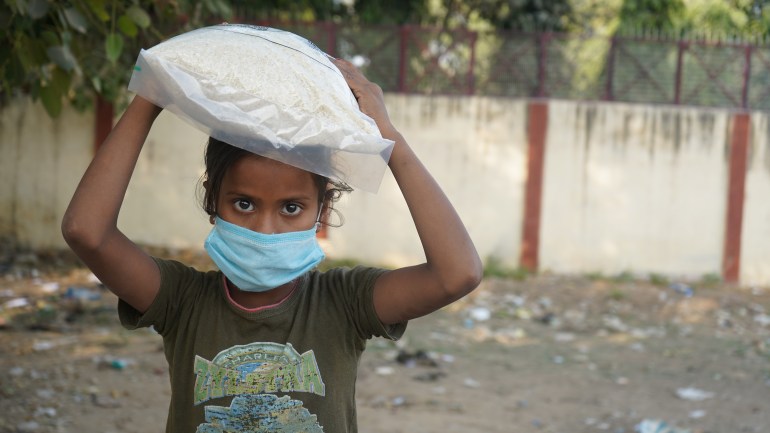
Shyam was one of the “lucky” ones. He was rescued by The Railway Children (RCI). It picked him up at Raipur station and reunited him with his family. As a result, he was offered counselling and enrolled in a vocational training school in the neighbouring city of Durg which was being run by a local non-government organisation (NGO), Chetna Women and Children Society. His brother also received counselling.
But, then, the COVID-19 pandemic struck and threw their lives back in disarray. Shyam was doing well until a nationwide, 21-day lockdown was implemented overnight on March 24, 2020, in a bid to curb the spread of COVID-19. His mother, a domestic worker, and Gopi, a labourer, both lost their jobs. The RCI stepped in to help provide the family with groceries.
But, with India in the grip of the second wave of the pandemic, Kishori and Gopi are still out of work and the family is struggling to make ends meet. Kishori hopes that as soon as the lockdown eases, she can send Gopi back to the rehabilitation centre to continue with his addiction counselling.
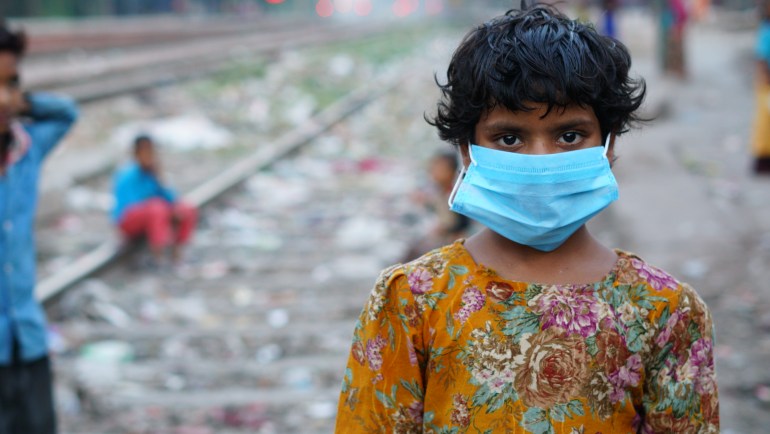
Progress ‘undone’
Children in India, particularly those from marginalised communities, had it tough even before the COVID-19 pandemic. Data from the last Census in 2011 shows that India has 10.1 million child labourers.
More than 200,000 Indian children are working or living on the street, according to Save the Children’s 2019 Spotlight on Invisibles survey, which covered 10 cities in the country. Nearly 60 percent of these children are between the ages of six and 14.
Governmental organisations like the National Commission for Protection of Child Rights (NCPCR), the 24-hour child emergency helpline (Childline 1098), district-level child welfare committees (CWCs) and a vast network of collaborative organisations in the public and private sectors have worked to improve the standard of living of children in India and have made some great strides over the years.
However, they all agree that much of the progress made in addressing child labour, education, nutrition, mental health, prevention of domestic violence and child marriage has been undone by COVID-19.
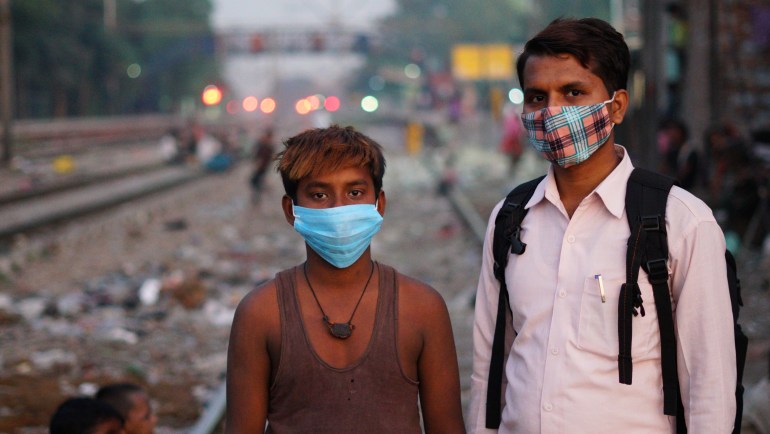
A vicious cycle of poverty
The loss of jobs and resulting poverty caused by the pandemic is a story playing out in millions of homes just like Shyam’s across India.
A new report, State of Working India 2021 (PDF) – One year of Covid-19, from the Centre for Sustainable Employment at Azim Premji University (APU) in Bengaluru, found that nearly half of salaried workers moved into the informal sector as a direct result of pandemic-related job losses. About 230 million people fell below the poverty line based on the national minimum wage, which currently stands at 178 rupees per day (approximately $2.80).
“Financial instability in families, which can arise for a multitude of reasons, can quickly snowball into more dire situations,” explains Anurag Kundu, chair of the Delhi Commission for Protection of Child Rights (DCPCR). “These include eviction from homes for non-payment of rent, children dropping out of schools or running away, alcoholism, child labour, drug addiction or poor nutrition, leaving India’s children vulnerable to untold adversity and emotional trauma.”
The rise in child marriages
One form of adversity is child marriage.
On February 11, the Association for Promoting Social Action (APSA), a Bengaluru-based grassroots organisation and one of the collaborators behind Childline 1098, received a phone call alerting them to an impending child marriage.
Sixteen-year-old Deepa Byrappa*’s parents intended to marry her to a 26-year-old man.
The APSA, along with representatives from the Bengaluru Urban CWC and the Byappanahalli police, in whose jurisdiction the marriage was going to happen, went to Deepa’s home. She told CWC workers that she did not want to get married but was being forced by her parents who said they would not need to meet the cost of a large wedding if she married during the COVID pandemic.
Deepa was placed in a government shelter until March 4, when her parents submitted a written undertaking that they would not have her married until she was of legal age (18). Deepa returned home – and was married off a few days later.
Childline was informed and legal proceedings initiated. The parents of the bride and the groom were arrested and today Deepa lives in a government-run girl’s shelter.
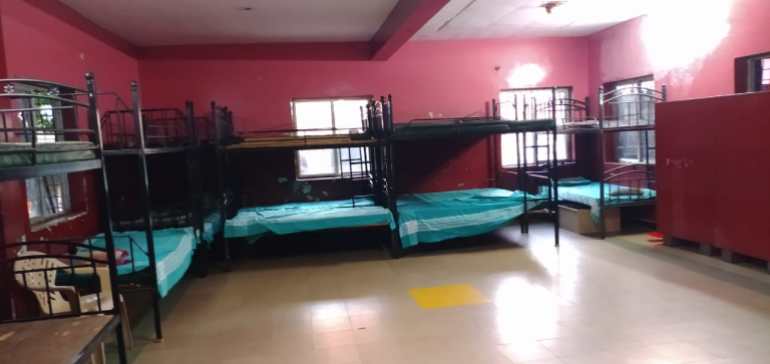
Deepa is far from alone. Estimates by UNICEF show that India has the largest number of underage child brides in the world, with 1.5 million girls being married each year.
The city of Bengaluru has been deeply affected by India’s disastrous second wave of the pandemic, recording the highest active caseload in the country at 180,697 as of May 29.
Between the start of the pandemic in India in March 2020 and April 2021, APSA received 67 calls reporting impending child marriages across three wards. Pre-pandemic, they would be alerted to just 15 cases a year.
During the first set of lockdowns in India, between March 25 and May 31, 2020, Childline received 5,584 calls nationwide related to child marriages.
P Lakshapathi, the founder and executive director of APSA, says: “The increase in child marriages is also because families want to be able to reduce the number of mouths to feed at home. With the lockdowns and a loss of income, putting food on the table is tough. Through the lockdowns in 2020 and now, we find this to be the key source of worry for families that seek help.
“Added to that, as Deepa’s parents said, taking advantage of the restrictions on the number of people permitted to attend a wedding helps lower the costs without the family losing face for not inviting a large number of guests, as is customary.”
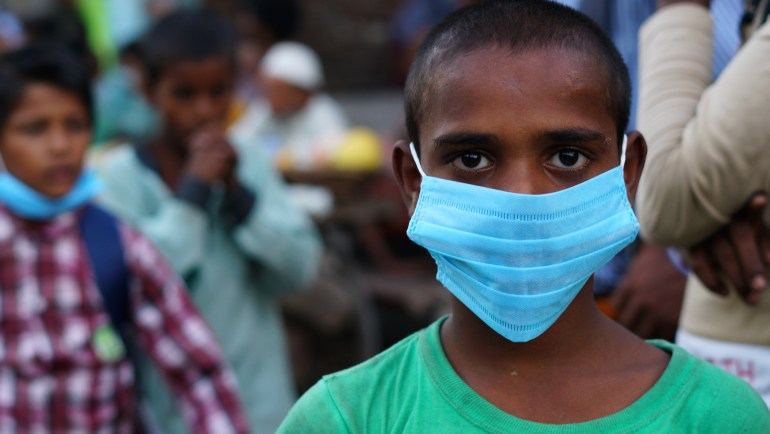
COVID orphans
Then there are the children who have been orphaned by COVID.
Close to midnight on April 27, 15-year-old Anirudh* (whose full name cannot be given for legal reasons), who is from Delhi, called the DCPCR helpline. In a voice devoid of emotion, he explained that both his COVID-positive parents had passed away at home and he and his sibling needed help getting them to the crematorium.
“The trauma Anirudh was undergoing was unimaginable,” says the DCPCR’s Kundu. “He had absolutely no time to process what was going on and we knew he needed emotional support as much as he needed the immediate help with his parents.”
The DCPCR helped Anirudh with the cremation process, arranging for an ambulance and then medical assistance and basic supplies of food and medicine. The CWC took over the care of the children from this point, providing grief counselling. Anirudh and his sibling are currently living with their paternal aunt and uncle. But experts estimate that thousands of Indian children may be in a similar situation and are concerned that in cases where there is no immediate family to take care of these children, they could be vulnerable to exploitation.
On social media, messages are being shared requesting people come forward to adopt or foster COVID orphans.
The APSA’s Lakshapathi attributes this to a mindset, particularly prevalent among the middle class, he says, that believes government services are inadequate in dealing with such matters and which has led to the creation of “several parallel systems to find homes for these children”. But, he stresses, there can be “a sinister agenda” behind some of these messages.
Smriti Gupta, co-founder and CEO at Where Are India’s Children (WAIC), based in Pune in Maharashtra state, explains: “These messages could be simply to create mischief or could be a trafficker trying to gauge the kind of public response or transaction possibilities it generates.”
All formal adoptions in India are processed through government-recognised adoption agencies and are subject to a strict set of protocols. One issue, however, is the low number of children being presented for adoption in this way.
“Most people don’t know they can surrender children for adoption at agencies and instead leave them at shelters. Lack of clarity in the prevailing adoption laws results in the child languishing in a shelter simply because they have distant relatives whom it is assumed will come for them at some point. These relatives have the ownership without the responsibility,” says Gupta, adding that illegal adoptions can result in several dangers like children being trafficked, abused or abandoned.
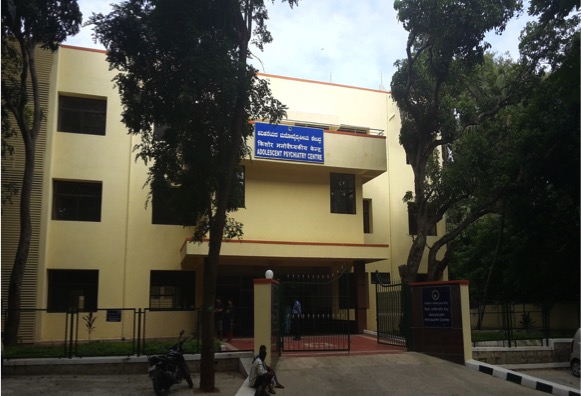
A generation of traumatised children
Faced with such adversity, another concern is the need to address the mental health issues of children who have suffered trauma.
Professor Dr K John Vijay Sagar heads the Department of Child and Adolescent Psychiatry at the National Institute of Mental Health and Neurosciences (NIMHANS), the only dedicated child psychiatry unit in India. He says the department, which is located in Bengaluru, saw a huge increase in the number of admissions for inpatient care, particularly in the 14-17 age group, during the first wave of the pandemic.
“We saw almost 80 percent to 90 percent occupancy rates in the wards with a severe presentation of acute depression, anxiety, and psychotic episodes, with inpatient beds being full several months after the first lockdown was lifted at the end of May 2020,” he says.
“Some children displayed a first-time onset of mental health issues caused by disruptions such as school closures, loss of jobs in the family, and displacement. Many cases were those of relapse. In pre-COVID times we saw three emergency cases in a week but now we were seeing two to three such cases a day.”
Children below the age of eight have had their early developmental milestones affected by social isolation, the doctor explains, while older children are dealing with uncertainty and a lack of peer interactions that can lead to anger issues and depression.
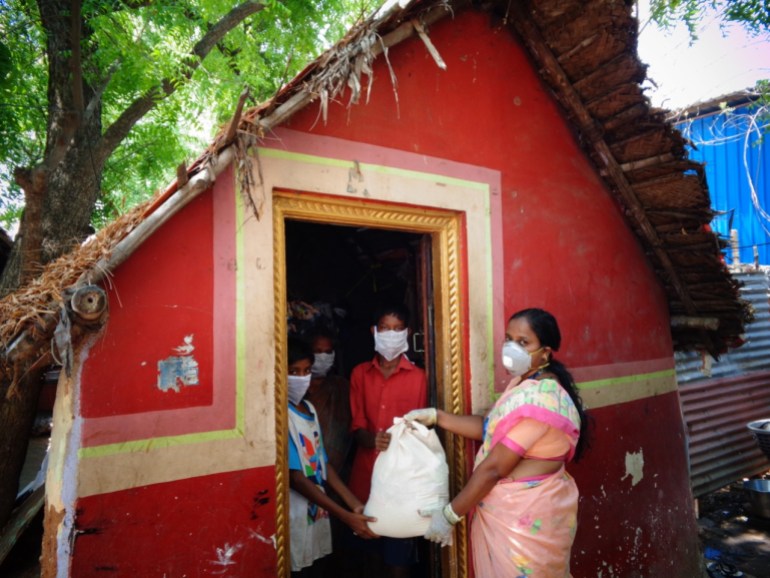
Each of the child welfare professionals who spoke to Al Jazeera emphasised the need for a more proactive approach. Dr Sagar says that his department has actively reached out to all of their patients going back three years, offering telephone checkups and e-prescriptions to mitigate mental health issues.
In Delhi, Kundu accessed data on COVID deaths among age groups likely to have young children and is in the process of reaching out to those families to see if they need any assistance. Organisations like the RCI, APSA, the CWCs and other governmental and independent child welfare institutions are carrying out similar exercises. They all acknowledge that a lot of work lies ahead. “But,” says Dr Sagar optimistically, “children are also known for their resilience.”
*Names have been changed to protect anonymity